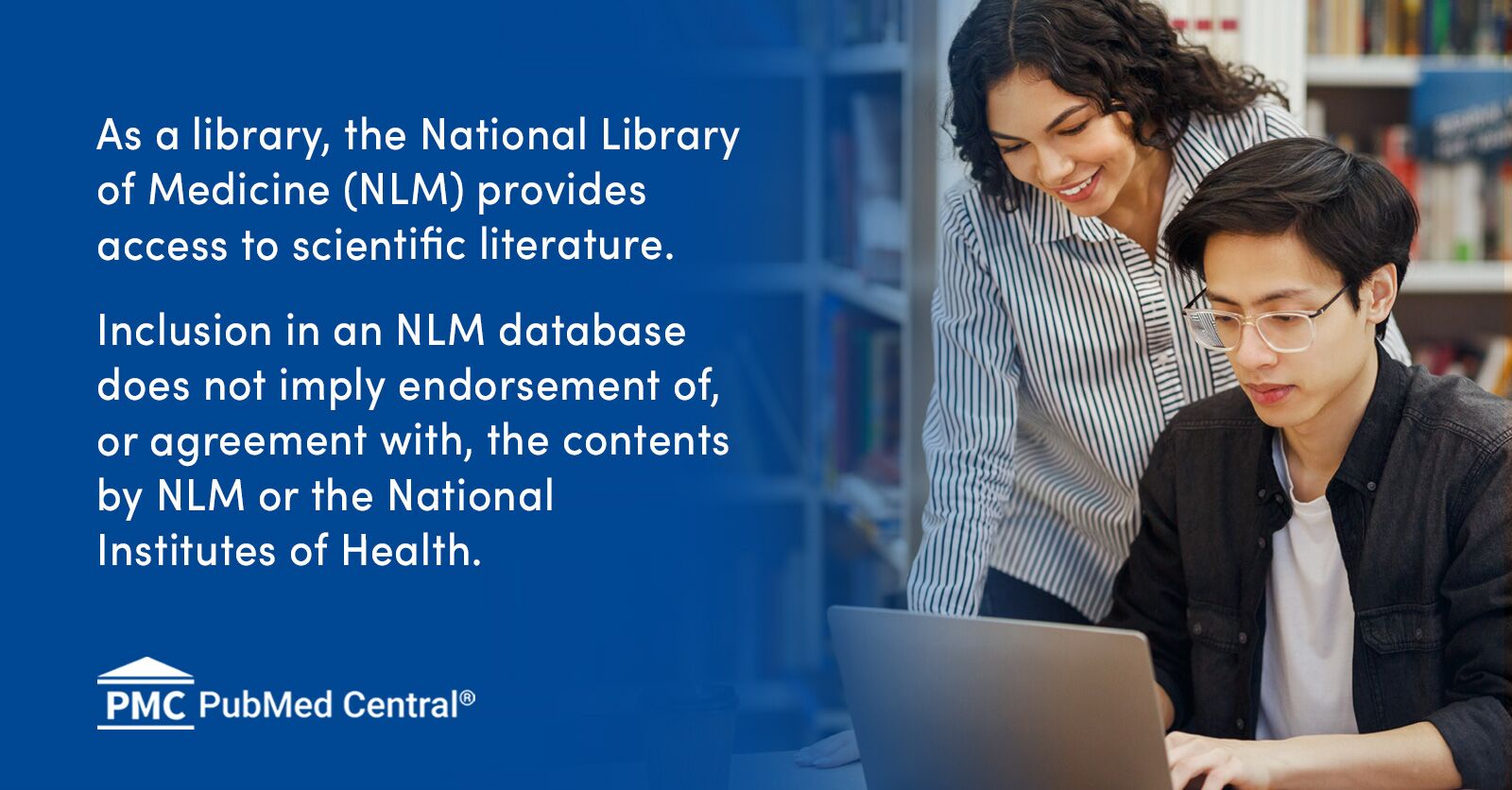AlsoTapered
Bluelighter
- Joined
- Apr 1, 2023
- Messages
- 3,076
Library Genesis
There are several endogenous MOR ligands but it's interesting to note that BU72 is, seemingly, the only example of a superagonist. Now it's clear why this isn't an activity sought in any medicine but it does at least suggest that totally synthetic opioids MIGHT actually be superagonists since the efficacy of most has not been explored. The MOR affinity of BU72 was measured as 0.06 nM (NOT μM) and their ARE synthetics in this range.
Library Genesis
Notice that the A,B and C rings of BU72 are identical to morphine and the D ring only differs only in the stereochemistry of the 6-substituant.

